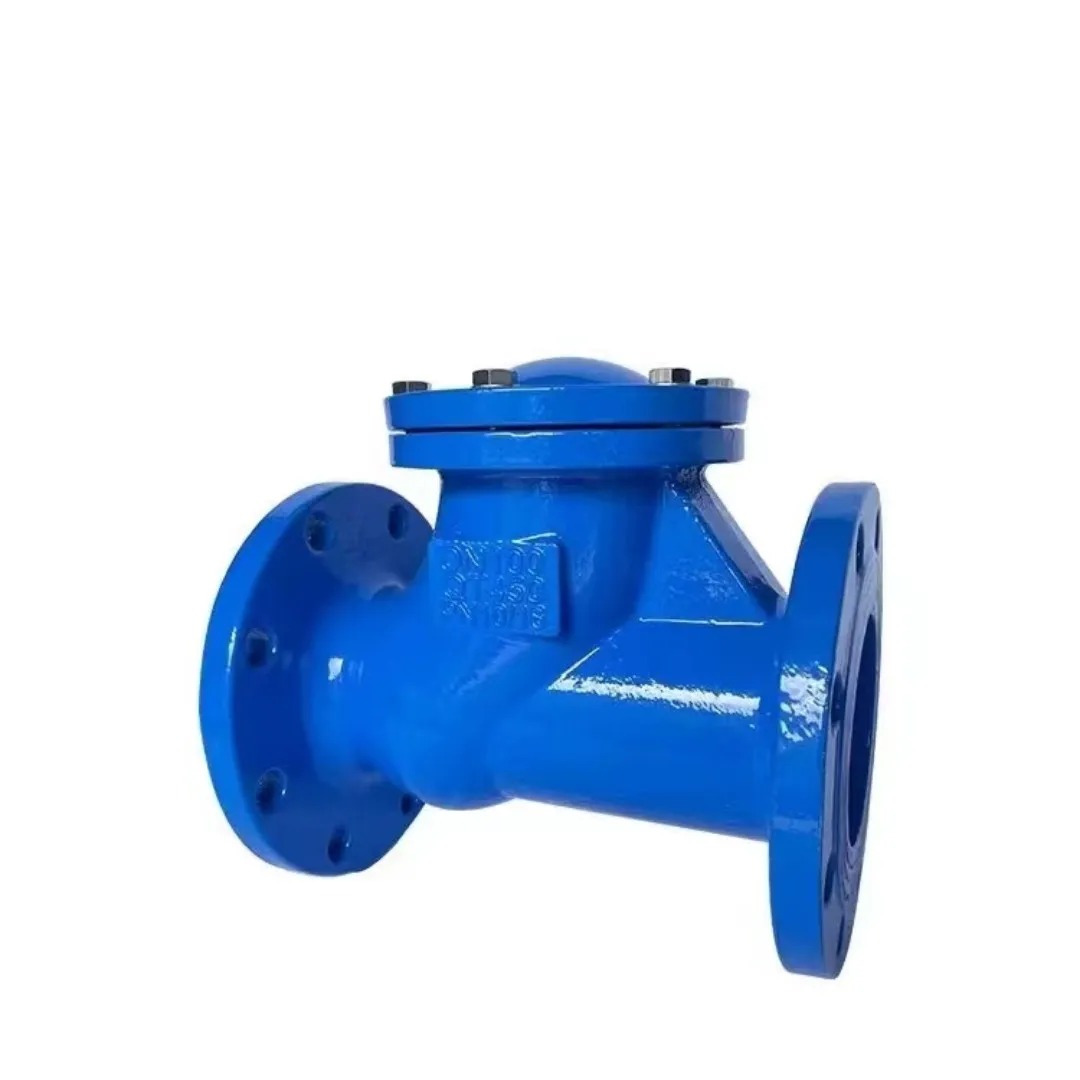Segmented Ball Valve Innovations for Enhanced Flow Control in Industrial Applications
Understanding Segmented Ball Valves A Comprehensive Overview
Segmented ball valves are increasingly becoming a popular choice in various industrial applications due to their unique design and functionality. Unlike traditional ball valves, which feature a full or standard-shaped sphere, segmented ball valves have a portion of the ball removed or segmented. This design modification allows for enhanced flow control, making them ideal for applications involving slurries, paints, and other viscous fluids.
The Design of Segmented Ball Valves
A typical segmented ball valve consists of a valve body, a segmented ball, and an actuator. The segmented ball is designed with either a single or multiple segments, with each segment providing precise control over the flow path. This design is particularly effective in applications where it is essential to maintain a precise flow rate or where the media being controlled is prone to clogging or sedimentation.
The unique geometry of the segmented ball allows for better flow characteristics compared to conventional valves. The edges of the segments can effectively chop material, which is especially useful in applications that involve slurries or mixtures of solids and fluids. This design ensures that even if a material tries to block the path, the segmented nature of the valve can help break it down without causing blockage.
Advantages of Segmented Ball Valves
1. Enhanced Flow Control The segmented design allows for finer control over fluid flow rates. This is particularly beneficial in processes that require precise dosing or mixing.
2. Reduced Turbulence The shape of the segmented ball minimizes turbulence, leading to better flow efficiency and reduced pressure drops across the valve. This characteristic is essential in maintaining system efficiency and reducing energy consumption.
3. Self-Cleaning Properties The design of segmented ball valves naturally reduces the risk of clogging. The chopping action of the segments can help keep the valve seat clean, reducing maintenance needs and operational downtime.
segmented ball valve

4. Versatility These valves can be used in various applications, including chemical processing, water treatment, food and beverage production, and pharmaceuticals. Their ability to handle different media makes them a versatile choice for many industries.
5. Durability Segmented ball valves are typically made from high-quality materials that can withstand harsh conditions, including high temperatures and corrosive substances. This durability extends the lifespan of the valve, providing long-term value for users.
Applications of Segmented Ball Valves
The versatility of segmented ball valves allows them to be employed in numerous industrial applications. They are commonly found in
- Chemical Processing To control the flow of chemicals while maintaining the purity of the substances. - Water Treatment For efficient handling of water and wastewater in treatment plants. - Food and Beverage Industry To ensure smooth flow in processing lines, adhering to strict hygiene standards. - Pharmaceutical Manufacturing Where precise flow control and contamination prevention are critical.
Conclusion
Segmented ball valves stand out as an innovative solution for effective flow management in a variety of industrial applications. Their unique design offers numerous benefits, including enhanced flow control, reduced turbulence, self-cleaning properties, and durability. Industries looking to improve their processes and reduce maintenance costs should consider adopting segmented ball valves as a reliable component in their operational systems.
In summary, the segmented ball valve represents an evolution in valve technology, ideal for modern demands in diverse sectors. With its advantages and applications, it is no wonder that segmented ball valves are gaining traction as a preferred choice for organizations focused on efficiency, reliability, and performance.
-
The Key to Fluid Control: Exploring the Advantages of Ball Valves in Industrial SystemsNewsJul.09,2025
-
The Versatile World of 1, 2, and 3 Piece Ball ValvesNewsJul.09,2025
-
Stainless Steel Ball Valves: The Ideal Choice for Efficient Flow ControlNewsJul.09,2025
-
Optimizing Fluid Control with Ball Float ValvesNewsJul.09,2025
-
Manual Gate Valves: Essential for Control and EfficiencyNewsJul.09,2025
-
Everything You Need to Know About Butterfly ValvesNewsJul.09,2025
-
The Versatility of Wafer Type Butterfly ValvesNewsJul.08,2025




